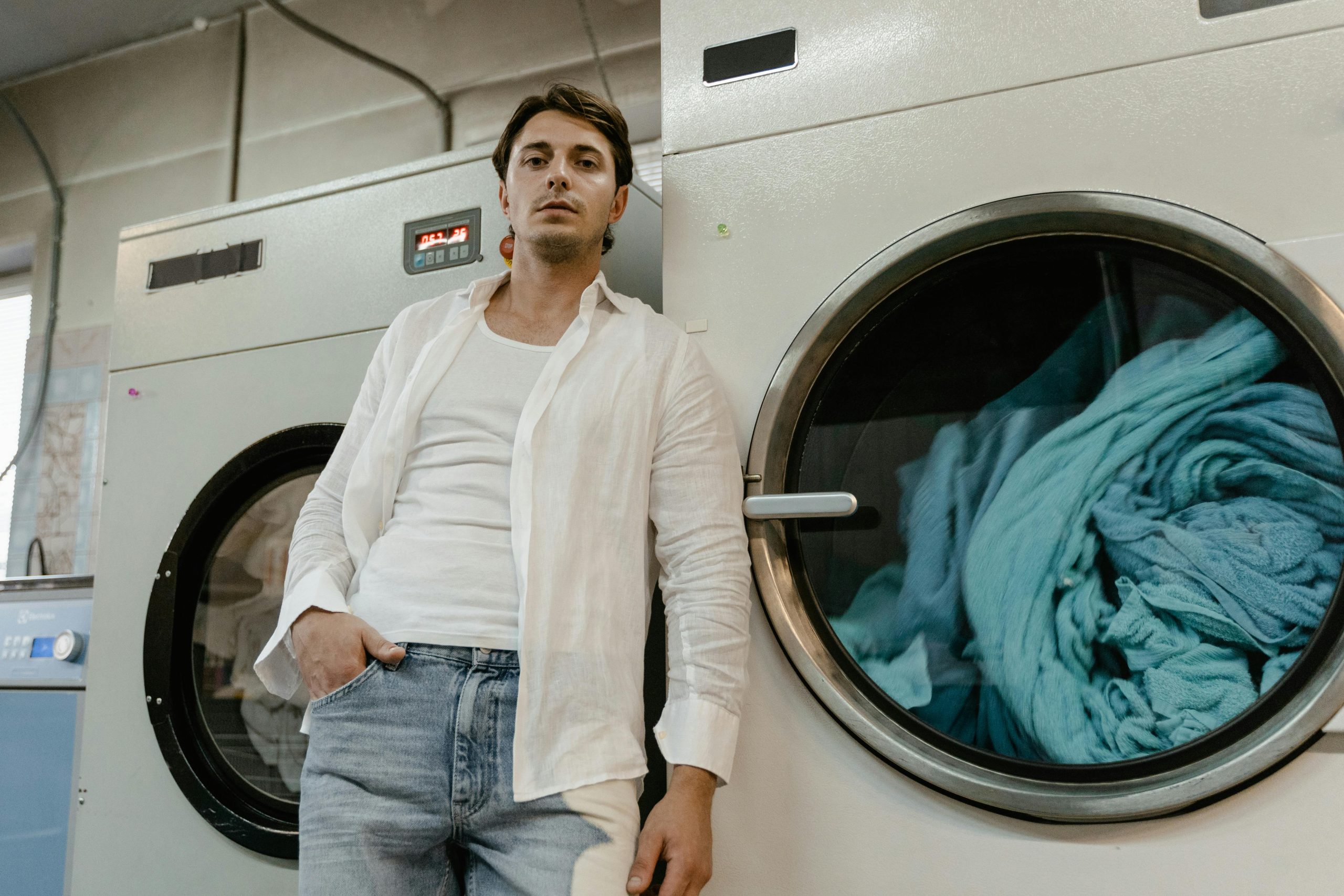
The condenser is a vital component of a tumble dryer, responsible for removing moisture from the air during the drying process. However, over time, condensers can become clogged with lint, debris, and residue, or worn due to continuous use, leading to various issues such as reduced drying efficiency and increased energy consumption. In this article, we’ll explore the causes of clogged or worn condensers in tumble dryers, the effects they can have on drying performance, and practical solutions to address and prevent such issues.